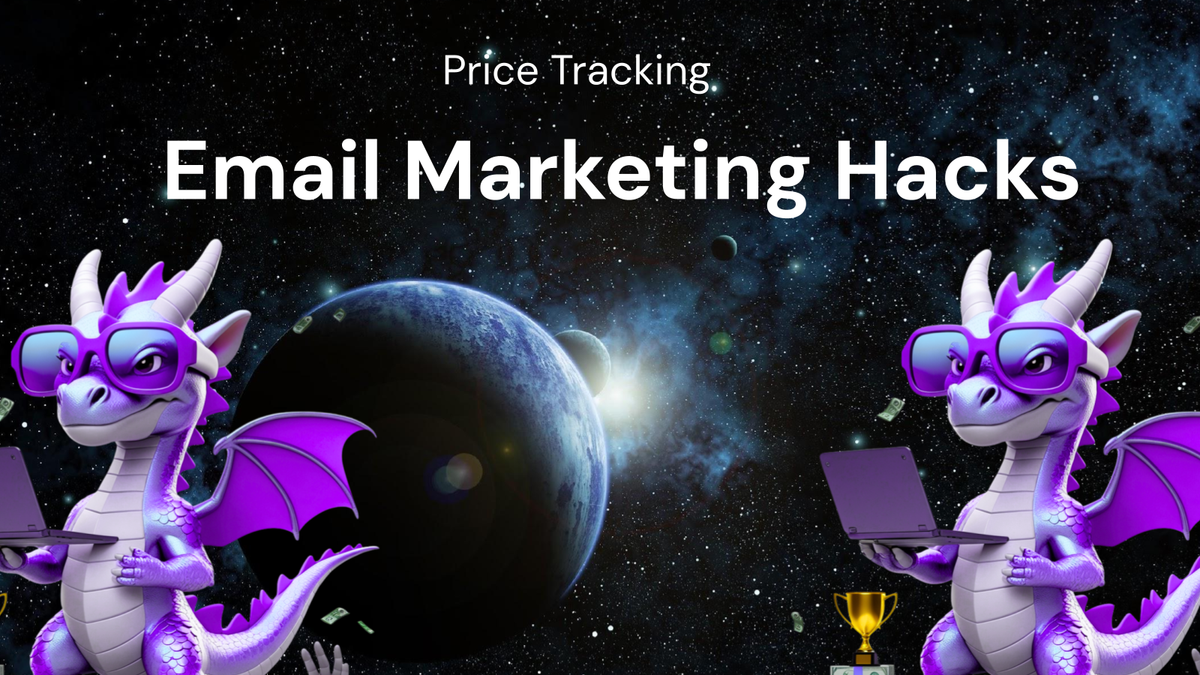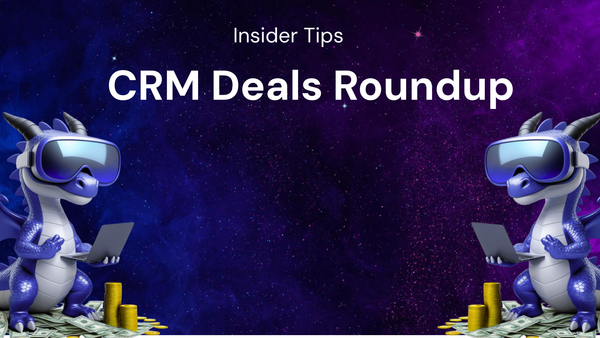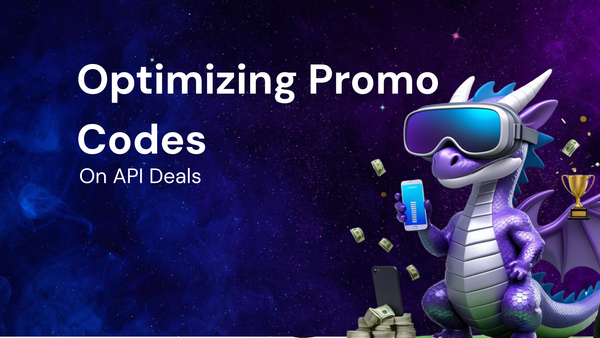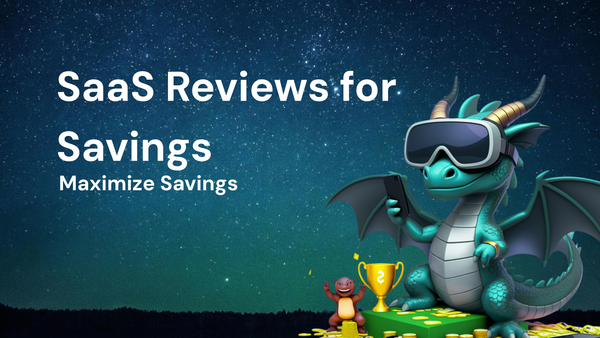Time-Saving Email Marketing Hacks for Price Tracking

Time-Saving Email Marketing Hacks for Price Tracking
In the fast-paced world of e-commerce, staying ahead of the competition requires not only offering great products and services but also being incredibly responsive to market changes. One of the most crucial elements of this responsiveness is effective price tracking. Monitoring competitor pricing, identifying market trends, and adjusting your own pricing strategy accordingly is paramount to maximizing profitability and staying competitive.
However, manually tracking prices across numerous competitors and products can be incredibly time-consuming and resource-intensive. This is where the power of email marketing, often underestimated in the realm of price tracking, comes into play. By leveraging strategic email marketing techniques, you can automate much of the price monitoring process, saving valuable time and resources while gaining a significant competitive edge.
This blog post will delve into various time-saving email marketing hacks designed to streamline your price tracking efforts, empowering you to make smarter, faster, and more profitable pricing decisions. We will cover everything from setting up automated email alerts to leveraging advanced segmentation and personalization for targeted competitor analysis.
I. The Power of Email in Price Tracking: Beyond Simple Notifications
While the idea of using email for price tracking might seem basic, it's crucial to understand the potential beyond simple price change notifications. Email marketing, when strategically implemented, can provide:
- Real-time insights: Receive immediate alerts on crucial price fluctuations, allowing for swift reactions.
- Automated reporting: Compile aggregated price data into regular email reports, eliminating manual data collection.
- Targeted competitor analysis: Focus on specific competitors and products that directly impact your bottom line.
- Personalized insights: Tailor the information you receive based on your specific needs and interests.
- Streamlined workflows: Integrate email alerts with other marketing and sales systems for seamless action.
II. Core Email Marketing Hacks for Efficient Price Tracking
Here are some actionable email marketing hacks you can implement to significantly reduce the time you spend on price tracking:
1. Automated Price Change Alerts:
This is the cornerstone of email-driven price tracking. Instead of manually checking competitor websites, set up automated email alerts that notify you instantly when a competitor changes the price of a specific product.
- Implementation:
- Choose a Price Tracking Tool: Numerous tools like Price2Spy, Prisync, Competera, Wiser Solutions (now part of Profitero), and Keepa (for Amazon) offer price tracking features with email alerts. Select a tool that suits your budget and technical requirements. Consider factors like the number of products you need to track, the number of competitors you want to monitor, the frequency of price checks, and the features offered (e.g., historical price data, reporting capabilities, dynamic pricing suggestions).
- Define Tracking Parameters: Specify the exact products, competitors, and price thresholds for each alert. For example, you might set an alert to trigger when a competitor lowers the price of your best-selling product by 5% or more.
- Configure Email Notifications: Customize the email subject line and body to ensure you can quickly identify the alert's purpose. Include key information like the product name, competitor, old price, new price, and the percentage change.
- Set Alert Frequency: Determine how often the tool should check for price changes. For highly competitive markets, more frequent checks (e.g., hourly) might be necessary. For less volatile markets, daily or even weekly checks may suffice.
- Best Practices:
- Use Clear and Concise Subject Lines: "Price Drop Alert - [Product Name] - [Competitor Name]" is more effective than "Generic Price Update."
- Include a Direct Link to the Product Page: Make it easy to verify the price change and assess the competitive landscape.
- Set Up Dedicated Email Filters: Automatically route price change alerts to a specific folder in your inbox to avoid overwhelming your primary inbox.
2. Competitor-Specific Price Reports:
Instead of receiving individual price change alerts for every product, consolidate price data into regular reports focused on specific competitors.
- Implementation:
- Utilize Reporting Features: Many price tracking tools offer reporting features that allow you to generate customized price reports for specific competitors.
- Schedule Regular Reports: Schedule these reports to be delivered to your inbox on a daily, weekly, or monthly basis, depending on your needs.
- Customize Report Content: Include key metrics like the average price difference between your products and the competitor's, the number of products where the competitor is cheaper, and the number of products where you are cheaper.
- Benefits:
- Provides a holistic view: Gives you a comprehensive overview of a competitor's pricing strategy.
- Identifies patterns and trends: Helps you understand how a competitor typically reacts to market changes.
- Facilitates strategic decision-making: Allows you to adjust your pricing strategy based on a deeper understanding of your competitors.
3. Product Category Price Benchmarking Reports:
Instead of focusing solely on individual product prices, track the average price of products within specific categories to identify broader market trends.
- Implementation:
- Categorize Your Products: Ensure your products are accurately categorized within your price tracking tool.
- Configure Category Benchmarking: Set up reports that track the average price of products within each category across your chosen competitors.
- Analyze Price Trends: Monitor these reports for significant price fluctuations or trends within specific categories.
- Benefits:
- Identifies emerging trends: Helps you spot opportunities to adjust your pricing strategy before your competitors do.
- Provides a broader market perspective: Gives you a better understanding of overall price dynamics within your industry.
- Supports informed inventory management: Allows you to anticipate changes in demand based on pricing trends.
4. Dynamic Pricing Integration with Email:
Go beyond passive price tracking and leverage email marketing to trigger dynamic pricing adjustments based on competitor activity.
- Implementation:
- Connect Price Tracking and Dynamic Pricing Systems: Integrate your price tracking tool with your dynamic pricing system using APIs or webhooks.
- Define Pricing Rules: Establish clear rules that determine how your prices should be adjusted based on competitor price changes. For example, you might set a rule to automatically lower your price by 1% if a competitor lowers theirs by 2%.
- Trigger Email Notifications for Price Adjustments: Set up email notifications to alert you whenever a price adjustment is triggered by the dynamic pricing system. This allows you to monitor the system's performance and ensure it's functioning as expected.
- Benefits:
- Automates price optimization: Reduces the need for manual price adjustments, saving significant time and effort.
- Ensures competitive pricing: Helps you maintain a competitive edge by automatically adjusting your prices to match or undercut competitors.
- Maximizes profitability: Optimizes your pricing strategy to maximize revenue and profit margins.
5. Personalized Email Alerts Based on Product Importance:
Not all products are created equal. Prioritize your price tracking efforts by focusing on the products that are most critical to your business.
- Implementation:
- Segment Your Products: Categorize your products based on factors like revenue contribution, profit margin, and strategic importance.
- Configure Tiered Alerting: Set up different levels of email alerts for each product segment. For example, you might receive immediate alerts for price changes on your top-selling products, but only daily or weekly alerts for less important products.
- Customize Alert Content: Include more detailed information in the alerts for your most important products, such as historical price data or competitor pricing trends.
- Benefits:
- Focuses attention on critical products: Ensures you don't miss important price changes on your most valuable items.
- Reduces alert fatigue: Filters out irrelevant information, allowing you to focus on the alerts that truly matter.
- Improves decision-making: Provides you with the information you need to make informed pricing decisions about your most important products.
6. Competitor Website Change Monitoring:
Beyond just price changes, monitoring other website changes can offer valuable insights into competitor strategy.
- Implementation:
- Use Website Change Monitoring Tools: Tools like Visualping, Versionista, and ChangeTower allow you to track changes to specific elements on competitor websites.
- Monitor Key Pages: Focus on pages like product listings, landing pages, promotional banners, and blog posts.
- Set Up Email Notifications for Changes: Configure email alerts to notify you whenever a change is detected.
- Benefits:
- Identifies new product releases: Allows you to stay ahead of the curve and anticipate new competitor offerings.
- Tracks promotional campaigns: Helps you understand how competitors are marketing their products and adjust your own campaigns accordingly.
- Monitors changes in website copy: Provides insights into competitor messaging and branding strategies.
7. Sentiment Analysis Integration (Advanced):
Integrate sentiment analysis tools to understand customer perception of competitor pricing.
- Implementation:
- Gather Customer Reviews and Social Media Mentions: Use web scraping or APIs to collect customer reviews and social media mentions related to your competitors' products.
- Analyze Sentiment: Use sentiment analysis tools to determine whether the overall sentiment towards your competitors' pricing is positive, negative, or neutral.
- Receive Email Reports on Sentiment Trends: Configure email reports that summarize the sentiment analysis results, highlighting key trends and insights.
- Benefits:
- Provides a deeper understanding of customer perception: Helps you understand how customers feel about your competitors' pricing strategies.
- Identifies opportunities to differentiate: Allows you to adjust your pricing strategy to better meet customer needs and expectations.
- Supports informed marketing decisions: Helps you craft marketing messages that resonate with customers and address their concerns about pricing.
III. Setting Up Your Email Marketing Infrastructure for Price Tracking Success
Before implementing these hacks, ensure your email marketing infrastructure is ready to handle the volume and complexity of price tracking alerts.
- Choose a Reliable Email Service Provider (ESP): Select an ESP that offers features like segmentation, automation, and reporting. Popular options include Mailchimp, Klaviyo, Sendinblue, and ActiveCampaign.
- Create Dedicated Email Lists: Segment your email lists based on product categories, competitors, or alert types. This will help you manage your alerts and ensure they are delivered to the right recipients.
- Implement Robust Filtering and Routing: Use email filters and rules to automatically sort and prioritize price tracking alerts. Create folders for different alert types and configure rules to automatically flag urgent alerts.
- Monitor Email Deliverability: Ensure your price tracking emails are being delivered to your inbox and not being marked as spam. Use tools like Mail-Tester to assess your email deliverability and identify potential issues.
- Establish Clear Roles and Responsibilities: Assign specific individuals or teams to monitor price tracking alerts and take appropriate action.
IV. Beyond Automation: The Human Element
While these email marketing hacks significantly automate the price tracking process, the human element remains crucial.
- Regularly Review Alerts and Reports: Don't just rely on the automated alerts; periodically review the price tracking reports to identify broader trends and patterns.
- Validate Price Data: Always verify the price data provided by the tools before making any pricing decisions. Competitor websites can be dynamic, and errors can occur.
- Consider Contextual Factors: Take into account factors like shipping costs, promotions, and product bundles when comparing prices.
- Develop a Clear Action Plan: Define a clear process for responding to price changes, including who is responsible for making pricing decisions and how those decisions will be communicated to the rest of the organization.
V. Conclusion: Time-Saving Email Marketing – A Key to Competitive Advantage
In the competitive world of e-commerce, effective price tracking is paramount. By leveraging the power of email marketing, you can automate much of the price monitoring process, saving valuable time and resources while gaining a significant competitive advantage.
By implementing the email marketing hacks outlined in this blog post, you can:
- Receive real-time alerts on critical price changes.
- Generate automated price reports for specific competitors and product categories.
- Integrate price tracking with dynamic pricing systems to automate price adjustments.
- Personalize email alerts based on product importance.
- Monitor competitor website changes to stay ahead of the curve.
Remember that automation is just the first step. Combining these email marketing hacks with human analysis and strategic decision-making will enable you to optimize your pricing strategy, maximize profitability, and stay one step ahead of the competition. Embrace the power of email marketing and transform your price tracking efforts from a time-consuming chore into a strategic advantage.




